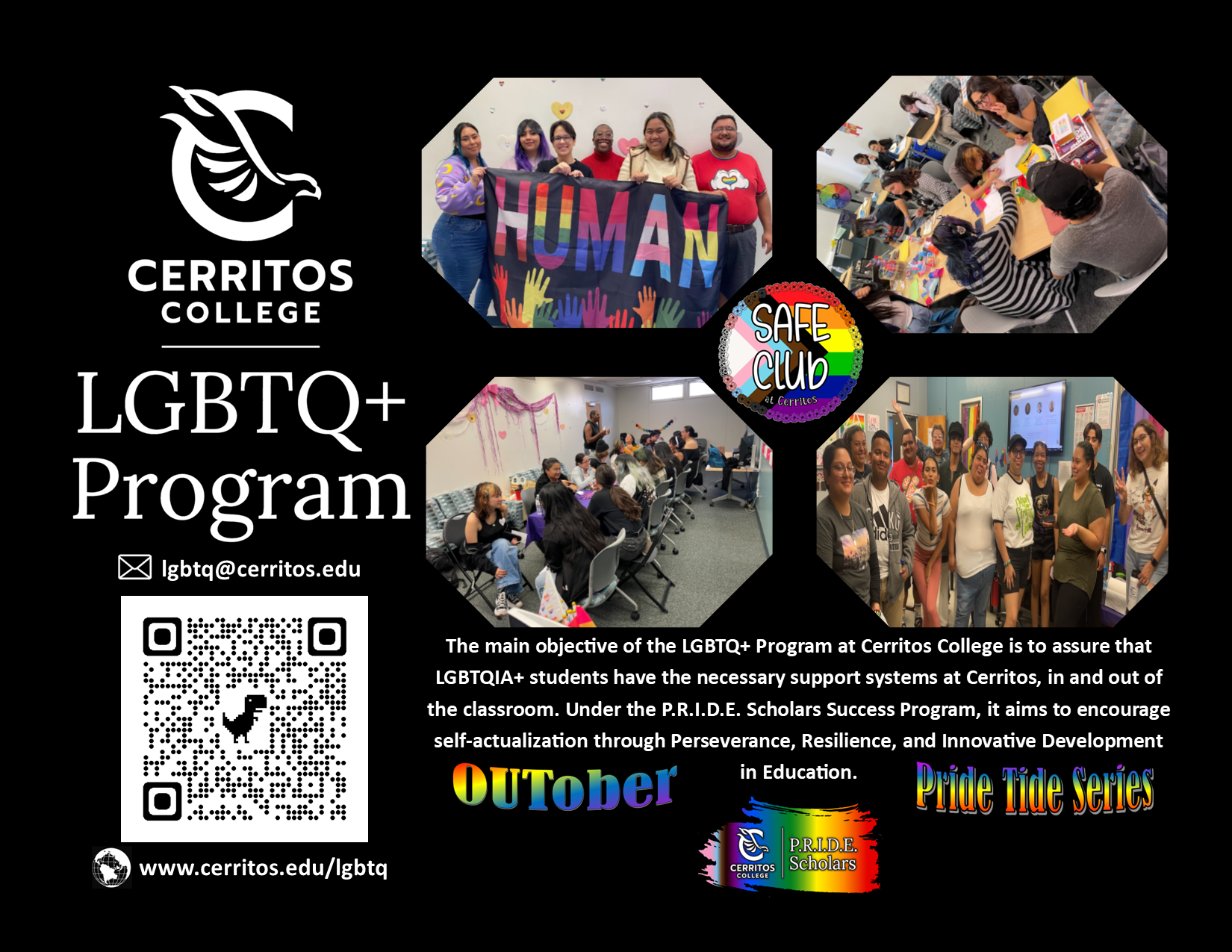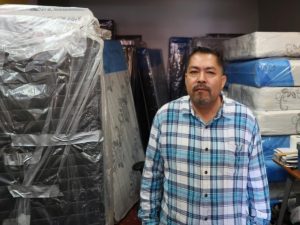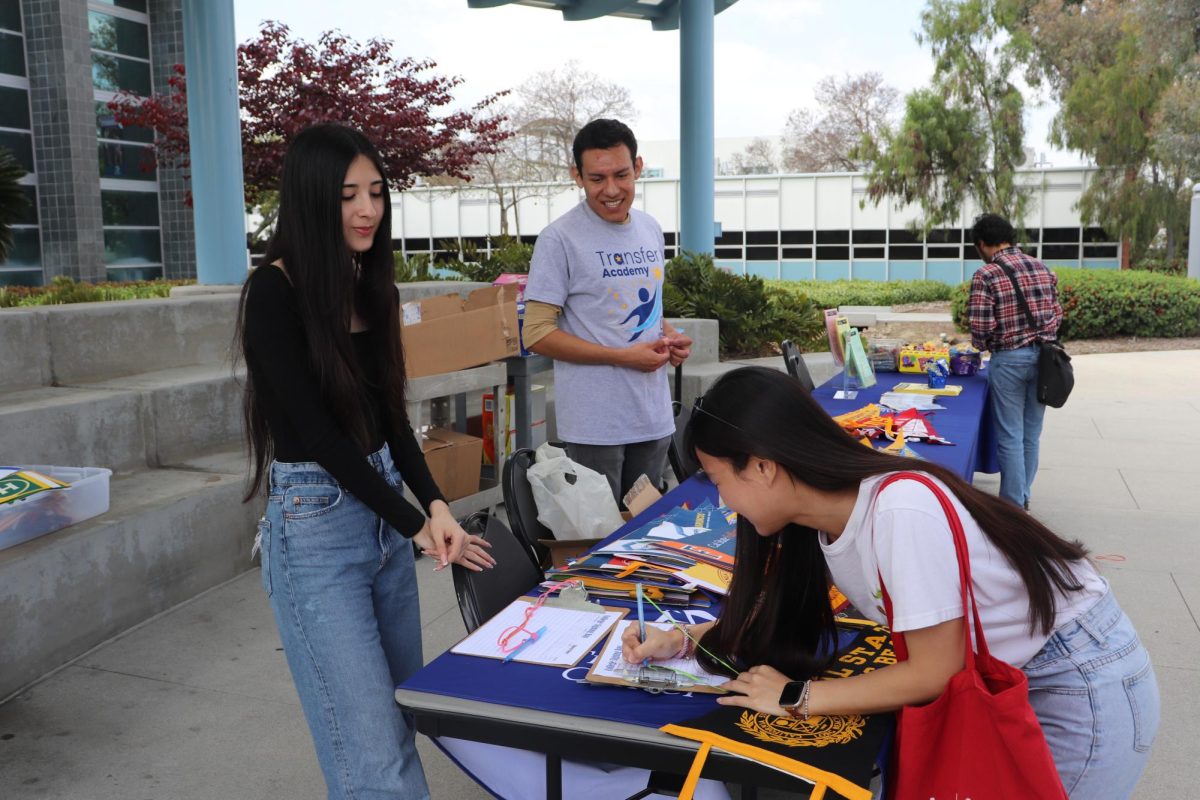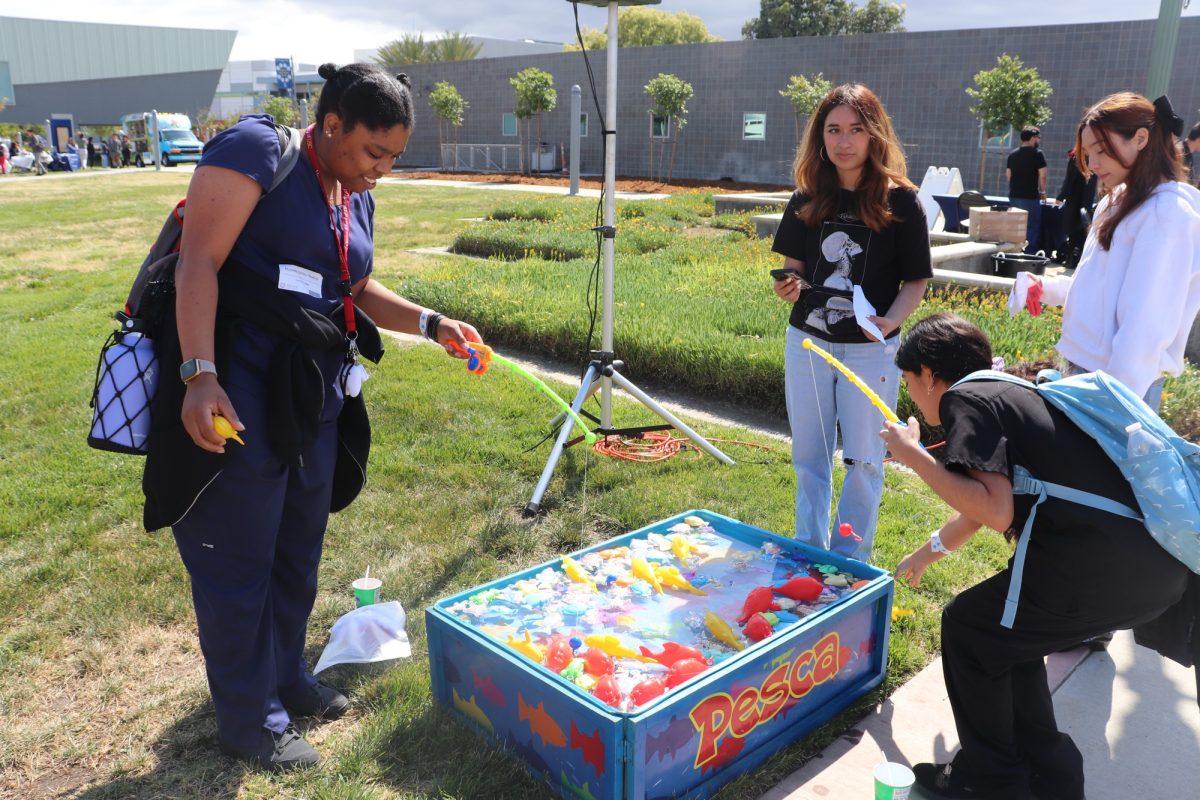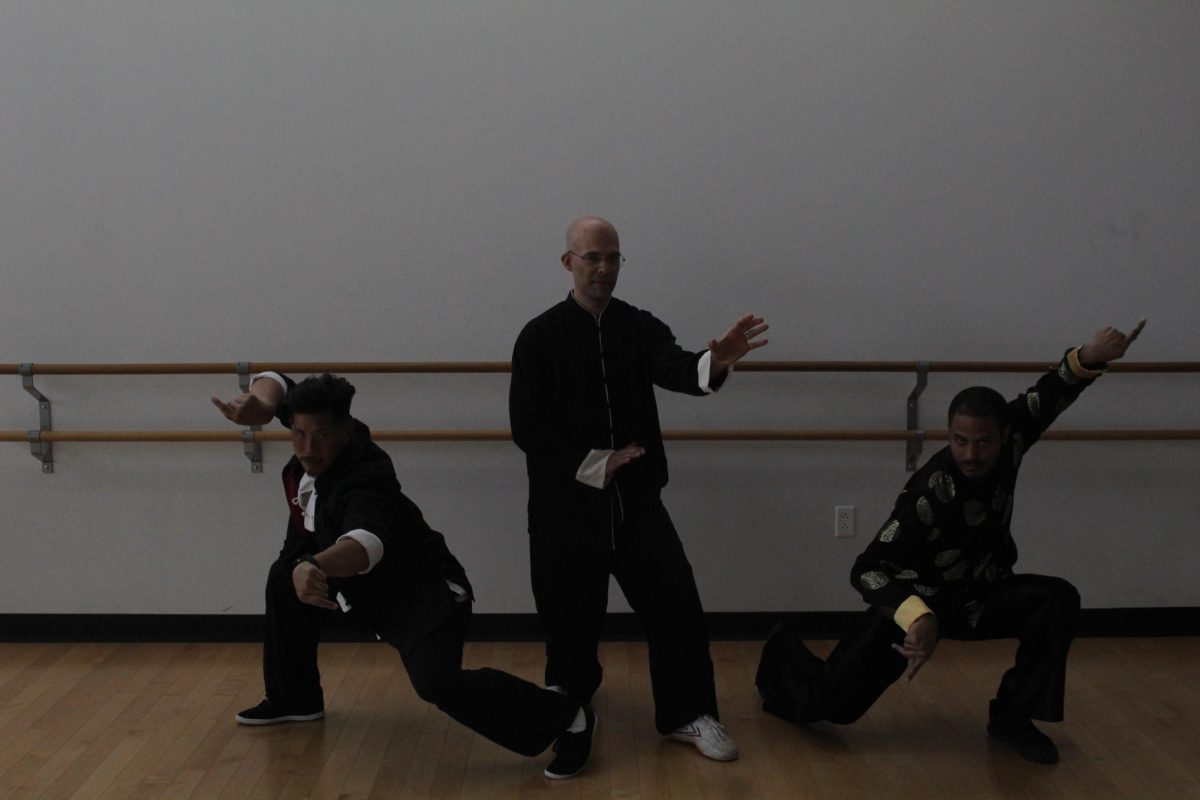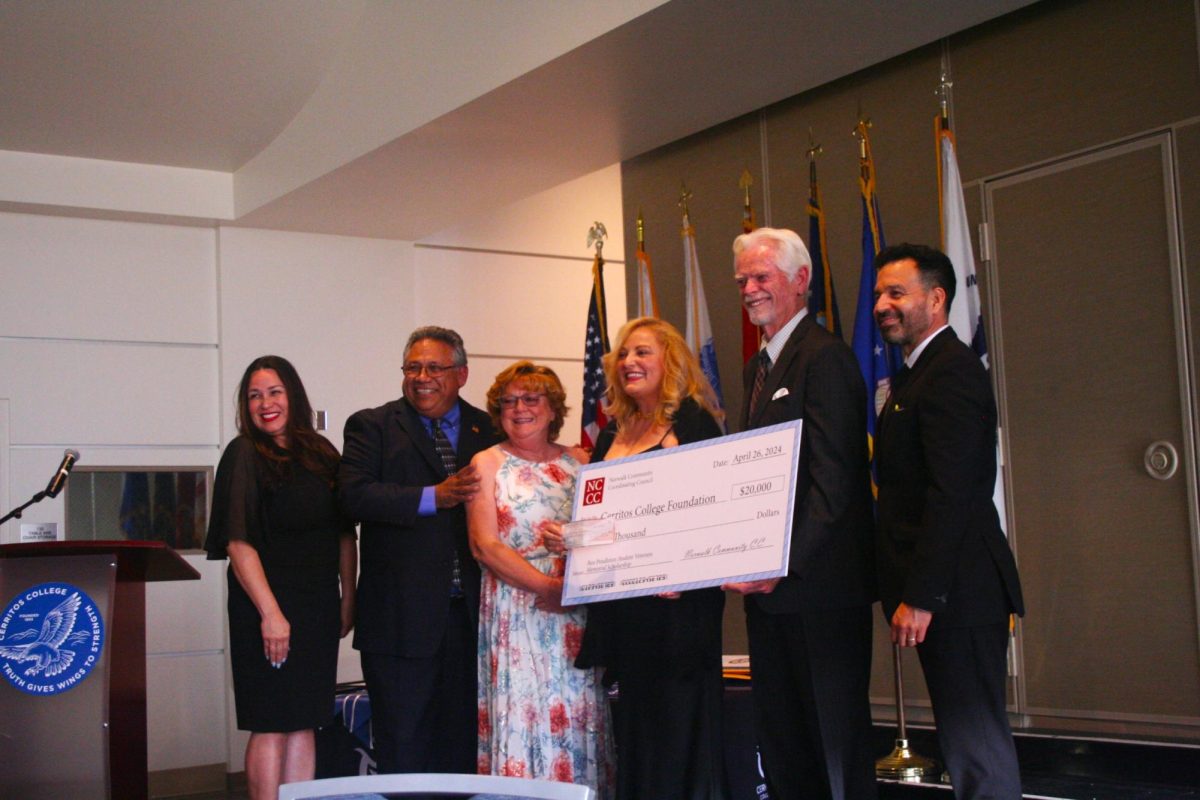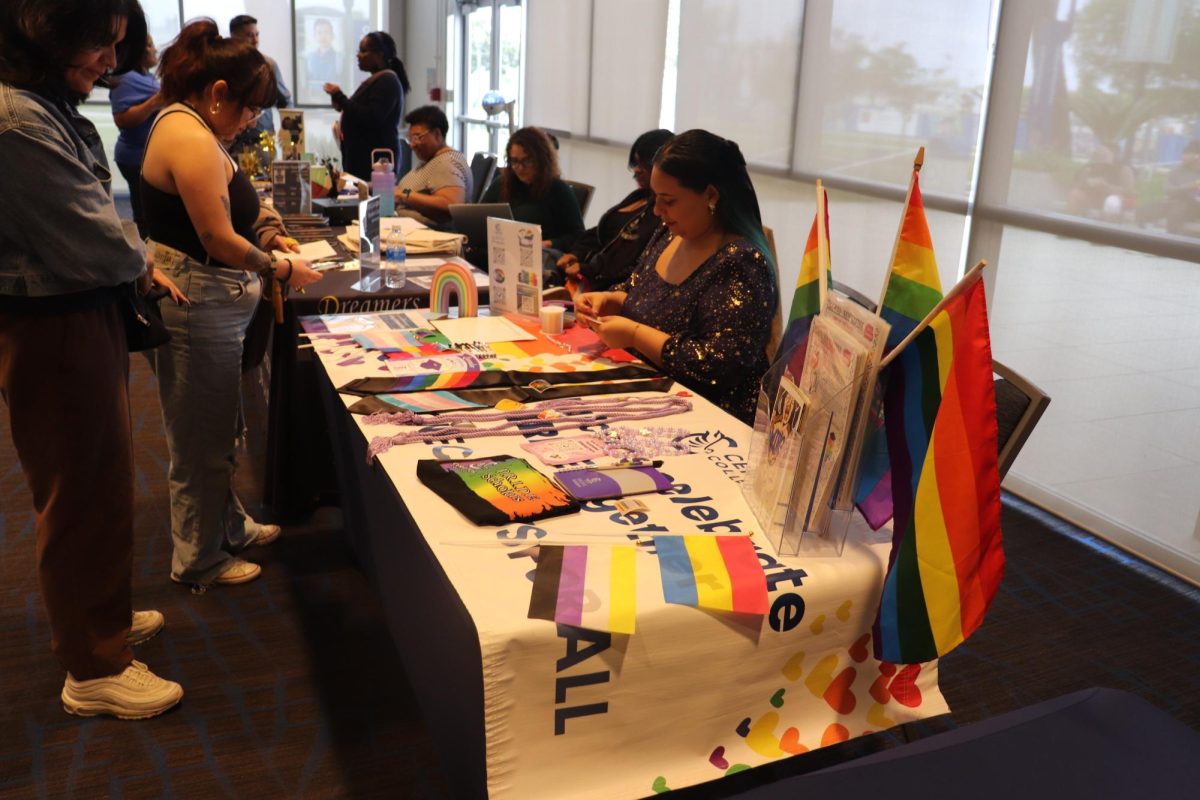“I was amazed to see all the activities going on during women’s month here at Cerritos, nothing like this was ever at Yale,” Val Zavala said.Val Zavala, Vice President of News and Public Affairs for KCET, was Tuesday’s keynote speaker for women’s month.Zavala works at the major public television station for Southern and Central California. She oversees a program on KCET called “Life and Times Tonight,” which is broadcast live each weeknight on KCET. The program examines news, politics, people, controversies, ideas and cultures.In 1992 she attended Stanford University on a John S. Knight Journalism Fellowship. She received a master’s degree in journalism from American University in Washington D.C. along with receiving her BA in Latin American studies from Yale University.Zavala had a change in plan from what the topic of the lecture originally was be.”The Life of Mary Baker Eddy,” was changed to a discussion about Tuesday’s primary elections that because being a journalist Zavala figured it would be more of a timely event to talk about.She wanted to make students and faculty aware of how important voting is to our society, but the topic of her speech focused on how women got the right to vote in the United States.Zavala encouraged the audience to go out and vote because not every person realizes what a struggle it was for women to gain the right to vote. She took the audience on a trip through history of the Women’s Rights Movement.During the speech, Zavala explained about how women were not entitled to anything in the 1848. Women were not allowed to speak in public, could not stand at a pulpit , sign contracts(only men were given that right) or be active with any church committees. The most shocking fact was that women had no legal rights over their own children.The spark that lit the fire to start the women’s right movement was a headline in a little town newspaper that read simply, “Women’s Rights Convention.” Women gathered to the little church hall and began to come up with a plan on how to get the United States legislature to side with the women on being able to vote.The women sat down and wrote their own Women’s Declaration of Independence. Zavala explained that there were 10 items on the bill that passed easily, but number 11 held up the process. Number 11 was the right for women to vote and during this time it was outrageous to think of such nonsense as women being able to vote. Fredrick Douglass was at the meeting and encouraged them to pass the voting item. The group listened to him and passed item 11 and meeting was adjourned. Zavala also explained on how Susan B. Anthony who was very dedicated abolitionist, became involved with the group. The thing that really connected the group was slaves and women were at the time both considered property, so the women banded together even stronger.None of the women on the original committee had the chance to vote, except for Susan B. Anthony who cast her vote illegally and stood trial for it. Although the topic of Zavala’s speech was serious, she managed to create laughter in the room while talking about the struggle to gain the right to vote and all the hardship that the women had to push through to get the bill to congress.Diane Keenan, chair of the Women’s studies program, wants to encourage students to come to the rest of the women’s month activities and to become aware of women’s issues. Zavala closed with encouraging words to the audience made up of men and women.”The hardest thing that everyone has to do, is be true to our highest self,” she said.

